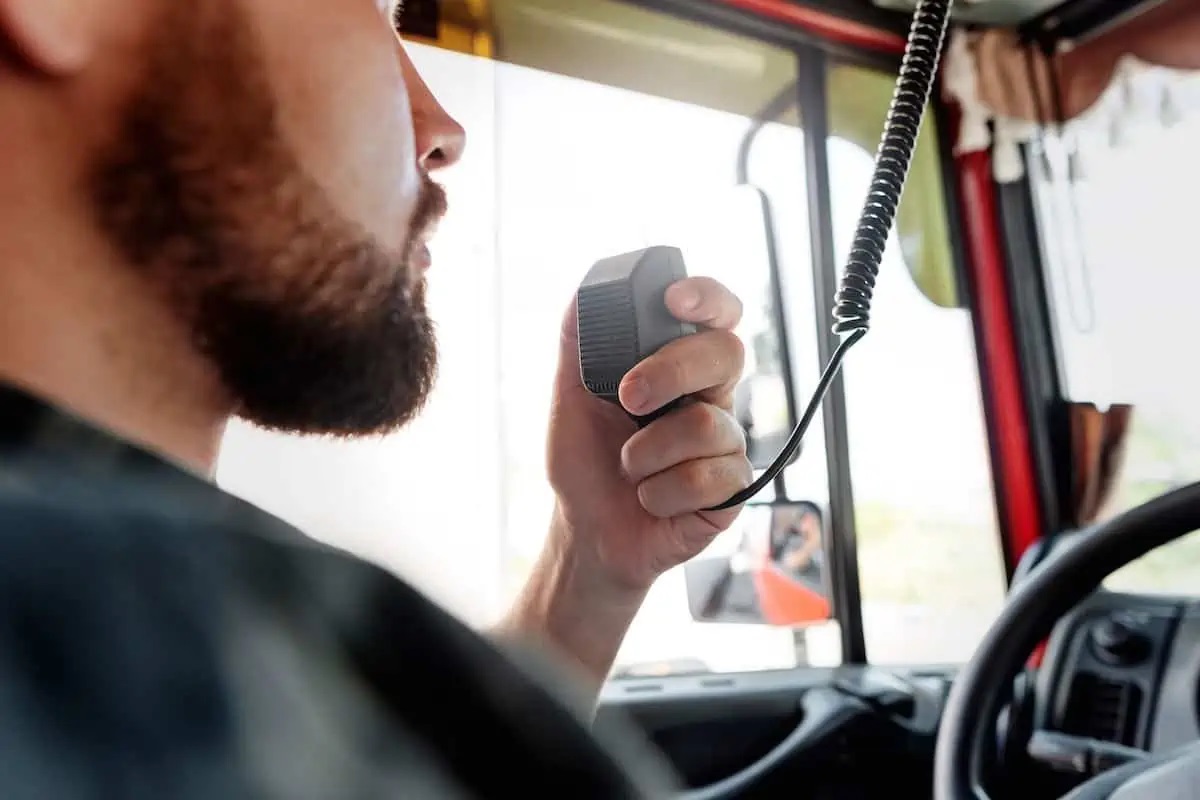In today’s world, dominated by advanced communication technologies like smartphones and internet-based messaging, CB (Citizens Band) radios might not be the first choice that comes to mind. However, these devices are indispensable when cellular networks are down, overloaded, or nonexistent. Whether during a natural disaster, in remote locations, or in scenarios where reliable communication is critical, CB radios provide a robust alternative. With numerous channels available, CB radios are designed to support a wide range of users, meeting diverse communication needs efficiently and effectively. Their simplicity, reliability, and ease of use make them a valuable tool for maintaining communication in various challenging situations.
CB Radios in Various Industries
CB radios are widely used across different sectors. For small businesses, these two-way communication devices are crucial for staying connected with field personnel. Larger enterprises might use them as a backup communication system. Vendors like CB Radio Supply offer a wide range of high-quality CB radios, proving that these devices can compete with modern communication technologies in both availability and effectiveness.
CB Radio Communication Methods
CB radios use different methods to encode messages, converting spoken words into a radio-friendly format. Amplitude Modulation (AM) is a primary mode that turns sounds into electrical signals and then back to audio through a speaker. This technique is similar to that used by traditional AM broadcast and shortwave radio stations, giving users access to forty channels. This broad access allows for various communication purposes, from personal to professional. However, some situations might benefit from alternatives like Frequency Modulation (FM) or Single-Sideband (SSB) transmissions, which offer clearer and more focused communication.
Frequency Modulation in CB Radios
Recent developments have brought Frequency Modulation (FM) to CB radios, a method commonly used by commercial radio stations for music broadcasting. FM excels at picking up strong signals while ignoring others on the same frequency, making it ideal for communicating with nearby stations. Among the modes available, FM is known for providing excellent audio quality.
Efficient Bandwidth Use with Single-Sideband (SSB)
Single-sideband (SSB) transmissions, along with Carrier Wave broadcasting, use bandwidth more efficiently than traditional AM signals. This efficiency allows two SSB signals to fit into the bandwidth typically used by one AM signal, enabling users to customize the forty available channels to their needs. With its narrower bandwidth, SSB can transmit more powerfully and over longer distances.
SSB is popular for long-distance conversations, which are made possible by the eleven-meter wavelengths used by CB radios. Licensed operators often prefer ten-meter ham radios for their shorter wavelengths. Despite its age, Morse code remains a highly efficient communication method, using high-frequency energy bursts for transmission.
Choosing the Right CB Radio Gear
CB radio users, whether individuals, hobbyists, or businesses, have varying needs. Choosing the right equipment is essential. Depending on their goals, users might require different testing tools, such as frequency counters and standing-wave ratio (SWR) meters. CB Radio Supply offers a comprehensive range of equipment, including radios, antennas, mounting brackets, and power supplies, to set up an effective station for communication at ten and eleven meters. Exploring CB Radio Supply is a great step toward understanding the essentials for effective radio transmission over long distances.

